
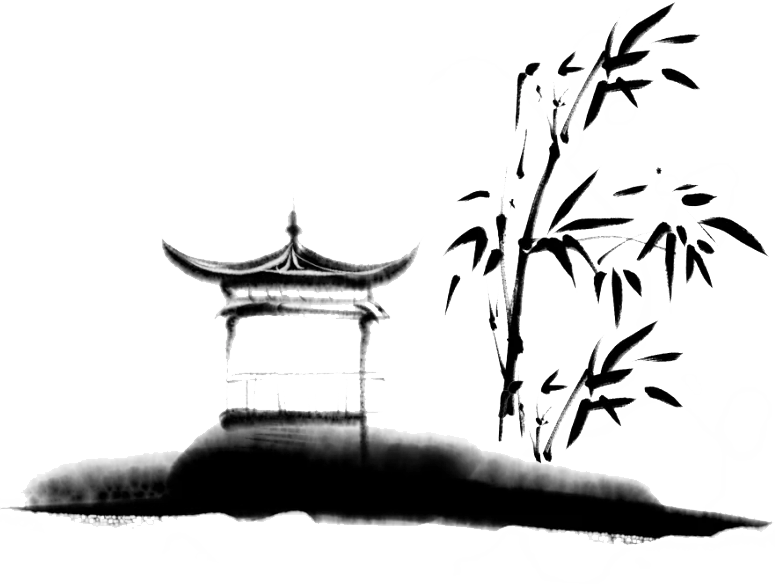
冬之始也
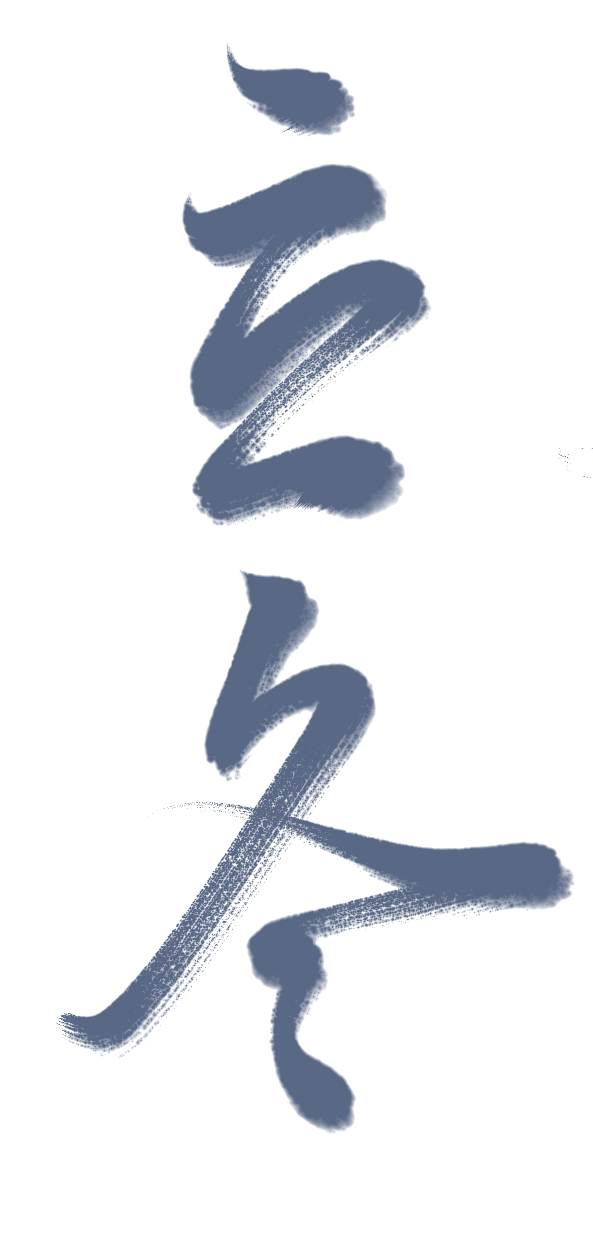
立冬,是二十四节气之第十九个节气,也是冬季的起始。斗柄指向西北,太阳黄经达225°,于每年公历11月7-8日之间交节。《月令七十二候集解》中说:“立,建始也”,又说:“冬,终也,万物收藏也。” 意思是说秋季作物全部收晒完毕,收藏入库,动物也已藏起来准备冬眠。立冬,意味着生气开始闭蓄,万物进入休养、收藏状态。其气候也由秋季少雨干燥向阴雨寒冻的冬季气候过渡。立冬代表着冬季的开始,它是中国民间非常重视的季节节点之一,春耕夏耘、秋收冬藏,冬季是享受丰收、休养生息的季节。
As the name suggests, the 19th solar term, Start of Winter, marks the beginning of winter. It falls around November 7 to 8 on the Gregorian calendar. The Compendium of Seventy-Two Phenological Signs states: 立 (lì), meaning the beginning of establishment, and also states: 冬 (dōng), meaning the end, the collection of all things. This means that in autumn, all crops have been harvested and stored, and animals have also prepared for hibernation. The beginning of winter, or 立冬 (Lì Dōng), signifies the start of the closure of vitality, and all things enter a state of rest and storage. The climate also transitions from the dry and less rainy autumn to the cold and rainy winter. The start of winter is an important seasonal node in Chinese folk culture, representing the beginning of winter, a season of enjoying the harvest and resting and recuperating.
气候特点
Weather
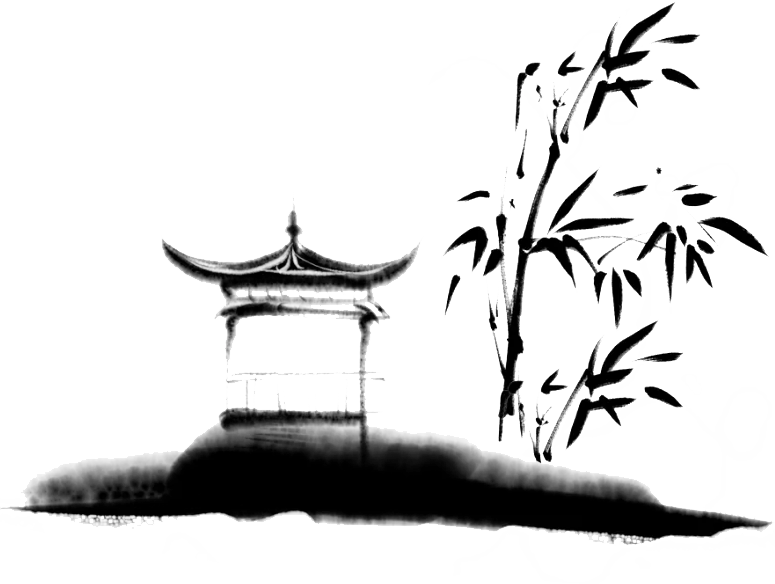
立冬后,其气候由秋季少雨干燥向阴雨寒冻的冬季气候过渡。立冬后日照时间将继续缩短,正午太阳高度继续降低,由于地表贮存的热量还有一定的能量,所以一般初冬时期气温虽逐渐下降,但还不是很冷;随着时间推移,强冷空气南下频繁,并越过南岭,天气越来越冷。由于中国南北跨度大,南北各地的气候相差悬殊,这种气候意义的冬季对于中国一些地区来说,显然偏迟。
After Start of Winter, the weather transitions from the dry and less rainy autumn weather to the cold and rainy winter weather. Following the solar term, the duration of sunlight continues to shorten, and the sun's height at noon decreases. Despite a gradual temperature drop in early winter, it's not yet very cold due to the stored heat energy in the Earth's surface. As time passes, cold air masses move southward more frequently, crossing the southern mountains, leading to progressively colder weather. Due to the vast north-south span of China, the timing of this winter weather transition varies significantly in different regions.
在南方地区,从立冬至小雪期间,常会出现风和日丽、温暖舒适的“小阳春”天气,在民间有“十月小阳春”一说,正所谓“八月暖九月温,十月还有小阳春”。在南方初冬时节一般不会很冷,随着时间推移,在冬至后冷空气频繁南下,气温逐渐下降。
In southern regions, from Start of Winter to Minor Snow, there are often sunny and warm days, known as the Fleeting Spring in October. As the saying goes, August is warm, September is mild, and October still has a bit of spring. In the early winter in the south, it generally isn't very cold. However, as time progresses and after the winter solstice, cold air frequently moves southward, gradually lowering temperatures.
立冬后北方大部地区将出现雨雪降温天气。华北部分地区的初雪常在此时降临。东北和西北地区,这个时候已经是大雪纷飞的景象了,尤其是东北黑龙江地区,已经异常寒冷,这里早在立冬到来之前就已经呈现冬天景象。
In the northern parts of China, there will be rainy or snowy and cold weather after Start of Winter. The first snowfall often occurs in parts of North China during this time. In the Northeast and Northwest regions, it's a scene of heavy snowfall, especially in the Heilongjiang province of Northeast China, where it's exceptionally cold, and the winter conditions are already present well before Start of Winter arrives.
立冬三候
Phenology

一候水始冰:此节气水已经能结成冰;
The first solar term:Water starts to freeze.
二候地始冻:土地也开始冻结;
The second solar term:The earth begins to freeze.
三候雉入大水为蜃:雉即指野鸡一类的大鸟,蜃为大蛤,立冬后,野鸡一类的大鸟便不多见了,而海边却可以看到外壳与野鸡的线条及颜色相似的大蛤。所以古人认为雉到立冬后便变成大蛤了。
The third solar term:Pheasants hide in the deep waters and turn into mirages.Pheasants refer to large birds like wild chickens, and mirages here refer to large clams. After Start of Winter, large birds like pheasants become less seen, while along the coast, commonly seen are the clams with patterns and colors similar to those of pheasants. Therefore, ancient people believed that pheasants transformed into large clams after Start of Winter.
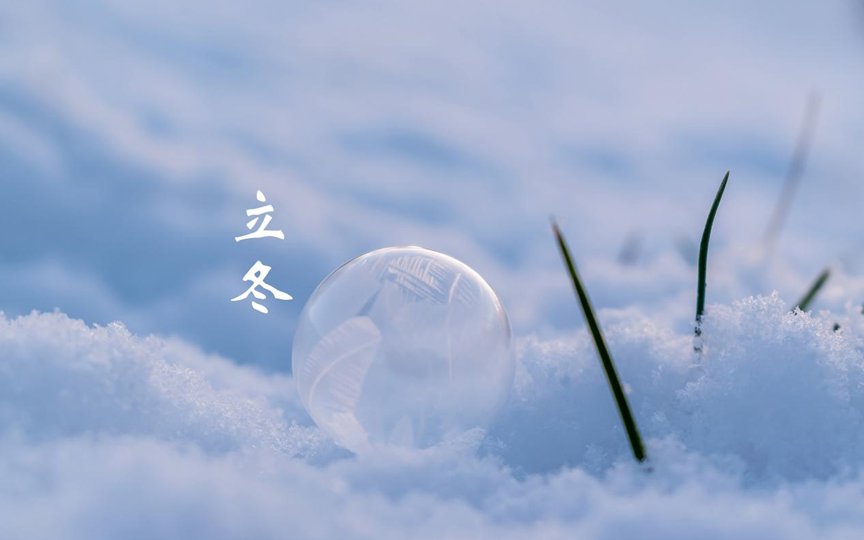
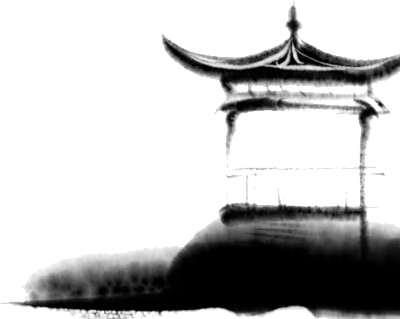
冬
之
始
习俗
Customs and Rituals

01
祭祀
Ancestor Worshipping
立冬在古代社会是“四时八节”之一,是个非常重要的节日,在中国部分地区有祭祖、饮宴、卜岁等习俗,以时令佳品向祖灵祭祀,以尽为人子孙的义务和责任,祈求上天赐给来岁的丰年。 Being one of the Twenty-Four Solar Terms, Start of Winter was a significant festival in ancient Chinese society. In some regions of China, there were customs such as ancestor worship, feasting, and divination. People offered seasonal delicacies as sacrifices to their ancestors, fulfilling their duty and responsibility as descendants, and praying for a bountiful harvest in the coming year. This practice was a way of showing respect to their ancestors and seeking blessings from the heavens.
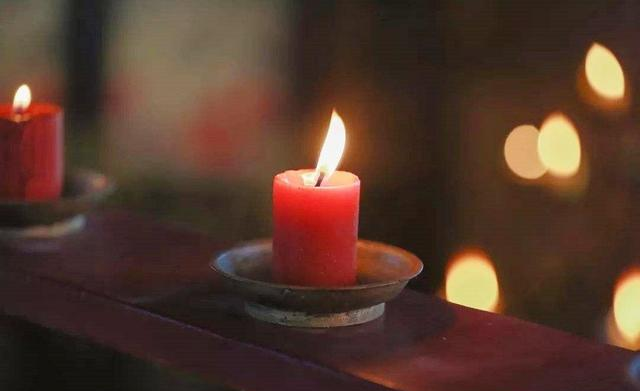
02
补冬
Having feasts
立冬后,就意味着今年的冬季正式来临。草木凋零,蛰虫休眠,人类虽没有冬眠之说,但民间却有立冬补冬的习俗。谚语“立冬补冬,补嘴空”,古时农民劳动了一年,利用立冬这一天要休息,顺便犒赏一家人的辛苦。便在立冬这天杀鸡宰羊或以其他营养品进补。 Start of Winter marks the official arrival of the Winter season, with plants withering and hibernating creatures. While humans don't hibernate, there is a tradition known as 补冬 (bǔ dōng) in folk culture. The saying goes, 立冬补冬, 补嘴空 (lì dōng bǔ dōng, bǔ zuǐ kōng), meaning Have a feast in winter to fill the empty mouth and stomach. In ancient times, after a year of hard work, farmers took a break on Start of Winter and used the day to reward their families for their efforts. They would often slaughter chickens, sheep, or use other nutritional ingredients to provide a hearty meal and boost their health on Start of Winter.
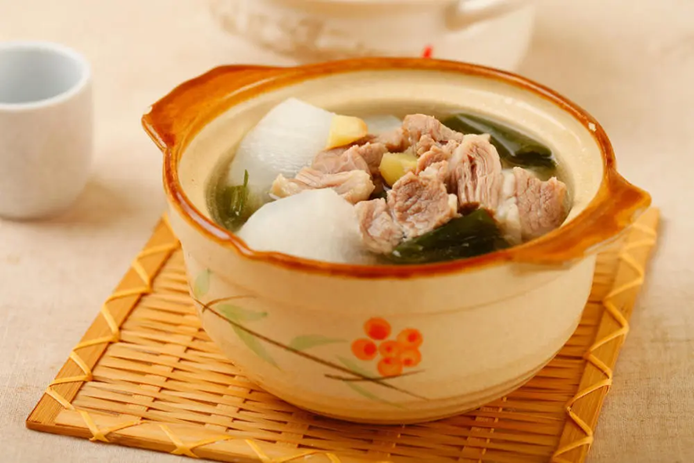
03
吃饺子
Having dumplings
在中国北方地区,有立冬节气吃饺子的习俗,在立冬这天改善一下生活,好吃不过饺子。在北方,立冬的规矩是吃饺子,因为水饺外形似耳朵,人们认为吃了它,冬天耳朵就不受冻。此外,饺子谐音“交子”,意指立冬是秋冬季节之交。 In northern China, there is a tradition of eating dumplings on Start of Winter, symbolizing an improvement in lifehold. In the northern regions, the custom for Start of Winter is to eat dumplings. This tradition is based on the belief that dumplings, with their shape resembling ears, would help keep one's ears warm during the winter. Additionally, the pronunciation of dumplings in Chinese, 饺子 (jiǎozi), is similar to 交子 (jiāozi), which means the transition between autumn and winter, signifying the arrival of Start of Winter.
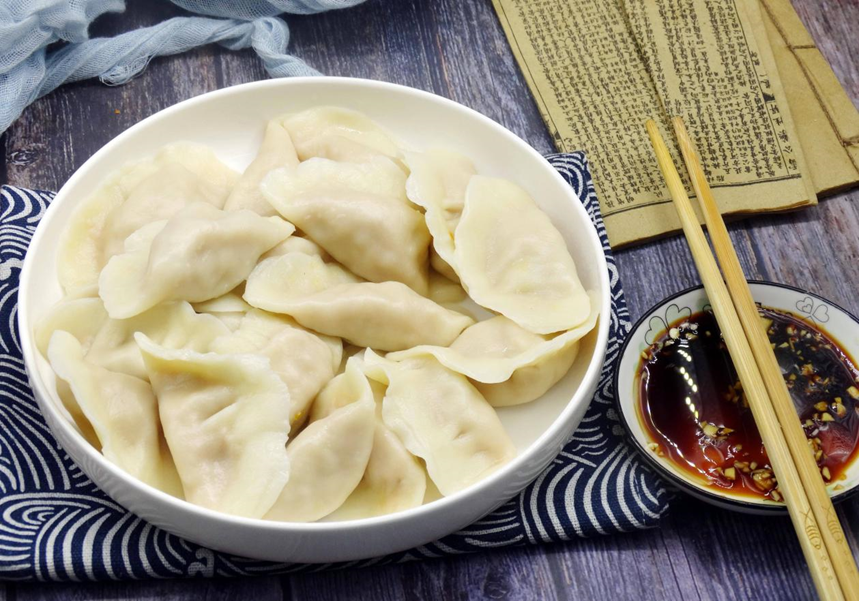
04
酿黄酒
Brewing Chinese Rice Wine
立冬之日开始酿黄酒,是绍兴传统的酿酒风俗。冬季水体清冽、气温低,可有效抑制杂菌繁育,又能使酒在低温长时间发酵过程中形成良好的风味,是酿酒发酵最适合的季节。因此绍兴人把从立冬开始到第二年立春这段最适合做黄酒的时间称为“冬酿”。 Starting on Start of Winter, it is a traditional custom in Shaoxing, China, to brew rice wine. Winter is characterized by clear and cold water, which effectively inhibits the growth of bacteria and allows the wine to develop a rich flavor during a long fermentation process at low temperatures. This makes it the ideal season for brewing and fermenting wine. Shaoxing residents refer to the period from Start of Winter to the following year's Start of Spring as Winter Brewing, and it is seen as an auspicious time for making the rice wine.
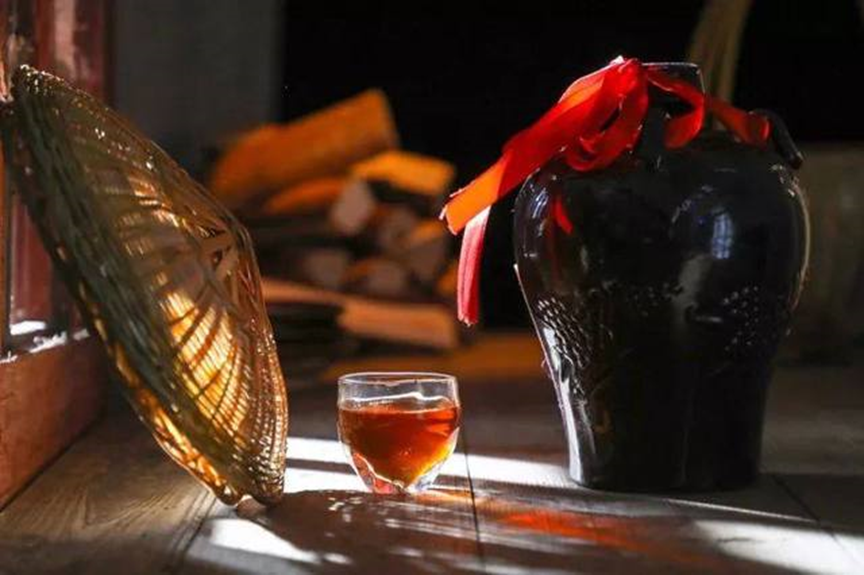
相关诗词
Poems

《立冬》
李白〔唐代〕
冻笔新诗懒写,寒炉美酒时温。
醉看墨花月白,恍疑雪满前村。
Start of Winter
By Li Bai (Tang Dynasty)
In wintry torpor, the quill idles still,
By the warm hearth, the wine fulfills.
Drunken, I gaze at ink flowers, pale and bright,
Like snow-clad hamlets in the moon's soft light.

《立冬前一日霜对菊有感》
钱时〔宋代〕
昨夜清霜冷絮裯,纷纷红叶满阶头。
园林尽扫西风去,惟有黄花不负秋。
Chrysanthemums on the Eve of Winter
By Qian Shi (Song Dynasty)
Last night, a crisp frost on coat and cap,
Red leaves in heaps upon the threshold lap.
The western wind swept gardens
clean and bright,
Only the golden chrysanthemums bloom
in the waning autumn light.

《立冬日作》
陆游 〔宋代〕
室小才容膝,墙低仅及肩。
方过授衣月,又遇始裘天。
寸积篝炉炭,铢称布被绵。
平生师陋巷,随处一欣然。
On Start of Winter
By Lu You (Song Dynasty)
A modest room just fits my knees,
Low walls rise to my shoulders with ease.
As the month turns and warmth I find,
The season's first fur robe's kindness in kind.
Inches of ember piled in the hearth's pit,
Meager coin buys a soft, warm sheet,
bit by bit.
Life's simplicity in this humble lane,
In every place, my heart finds joy,
with no restrain.
图片来源于网络
翻译 / 王 影





